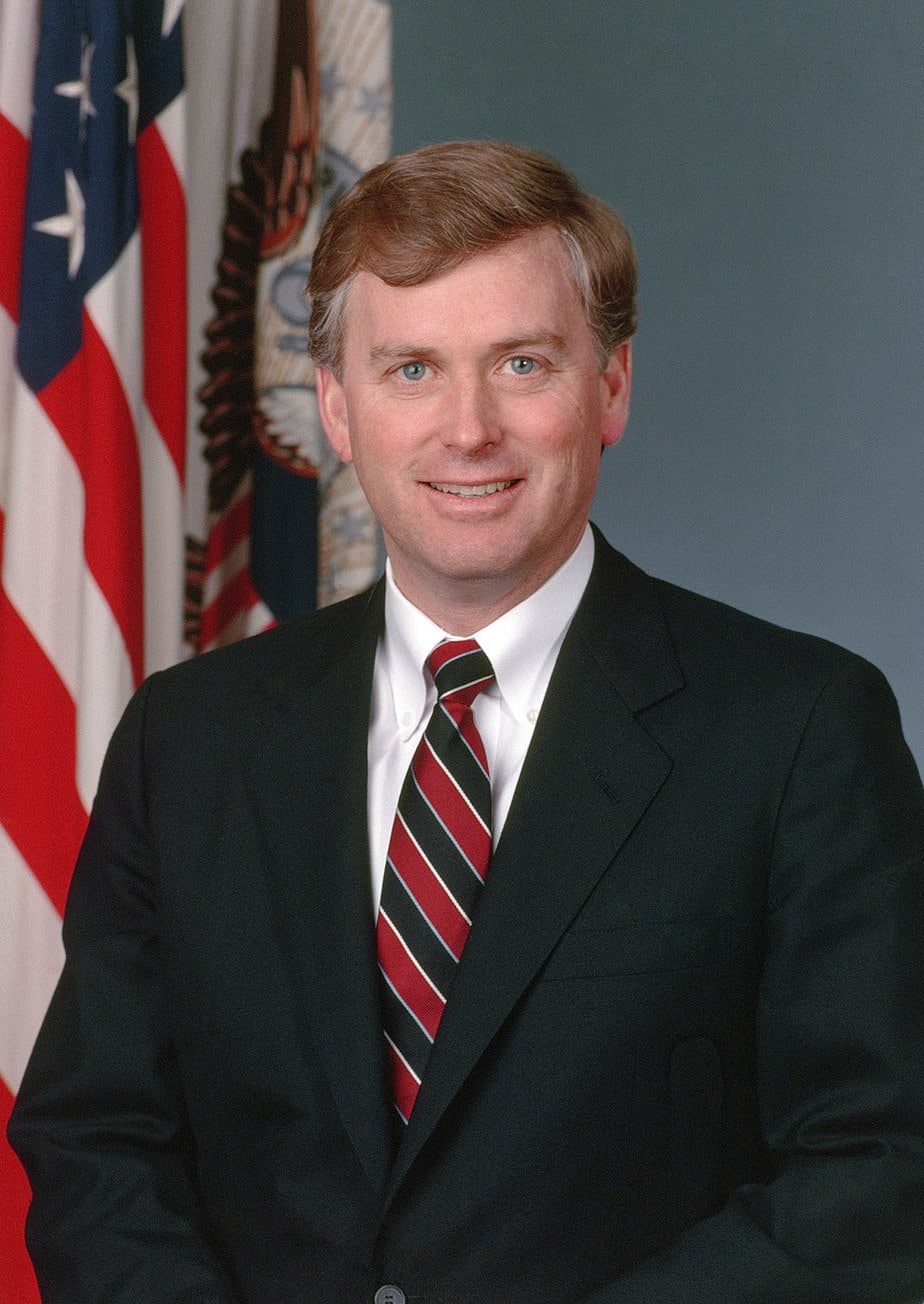What Is The Youngest Vice President? Exploring The Remarkable History Of U.S. Vice Presidents
Throughout American history, the role of the Vice President has been pivotal in shaping the nation's political landscape. One intriguing aspect of this office is the age of individuals who have held the position. Discovering who the youngest vice president is sheds light on the dynamic nature of American politics and the leaders who have shaped it. In this article, we delve into the details surrounding the youngest vice president, their contributions, and the significance of their tenure.
The office of the Vice President carries immense responsibility, second only to the President. Understanding the youngest vice president's journey provides insight into the qualifications, challenges, and opportunities that come with this prestigious role. From historical milestones to contemporary relevance, this article aims to answer the question: What is the youngest vice president?
This exploration will cover the historical context, biographical details, and the broader implications of having a young leader in the second-highest office in the United States. By the end of this article, you will have a comprehensive understanding of the youngest vice president's legacy and its significance in American history.
Read also:Home Cooking Lynchburg Va A Flavorful Journey Through Local Delights
Table of Contents
- Biography of the Youngest Vice President
- Historical Context of the Vice Presidency
- Constitutional Requirements for Vice Presidents
- Who is the Youngest Vice President?
- The Role of Age in Leadership
- Contributions of the Youngest Vice President
- Challenges Faced by Young Leaders
- Legacy of the Youngest Vice President
- Statistical Analysis of Vice Presidents
- Conclusion and Takeaways
Biography of the Youngest Vice President
Early Life and Background
The youngest vice president in U.S. history is John C. Calhoun, who served under Presidents John Quincy Adams and Andrew Jackson. Born on March 18, 1782, in Abbeville District, South Carolina, Calhoun grew up in a prominent family deeply involved in local politics. His early exposure to political matters laid the foundation for his future career.
Calhoun's education at Yale University and the Litchfield Law School equipped him with the skills necessary to excel in law and politics. His sharp intellect and dedication to public service quickly propelled him into the national spotlight.
Political Career
Before becoming vice president, Calhoun served in the U.S. House of Representatives and as Secretary of War under President James Monroe. His tenure in these roles showcased his ability to navigate complex political environments and address significant national issues.
| Full Name | John Caldwell Calhoun |
|---|---|
| Date of Birth | March 18, 1782 |
| Place of Birth | Abbeville District, South Carolina |
| Education | Yale University, Litchfield Law School |
| Political Affiliation | Democratic-Republican, later Nullifier |
Historical Context of the Vice Presidency
The office of the Vice President has evolved significantly since its inception. Initially seen as a ceremonial role, it has grown into a position of substantial influence and responsibility. Understanding the historical context of the vice presidency provides a clearer picture of the significance of having a young leader in this role.
During the early 19th century, the vice presidency was often seen as a stepping stone to the presidency. However, the role's importance increased as the complexities of governance expanded, requiring vice presidents to be well-prepared for the presidency in case of succession.
Constitutional Requirements for Vice Presidents
The U.S. Constitution outlines specific requirements for individuals to serve as vice president. According to Article II, Section 1, Clause 5, the vice president must:
Read also:Miss Robbie Montgomery The Inspiring Journey Of A Soul Food Icon
- Be a natural-born citizen of the United States.
- Be at least 35 years old.
- Have been a resident of the United States for at least 14 years.
These requirements ensure that vice presidents possess the necessary experience and understanding of American governance to effectively serve in their role.
Who is the Youngest Vice President?
John C. Calhoun's Tenure
John C. Calhoun holds the distinction of being the youngest vice president in U.S. history. At the age of 48, he began his first term as vice president under John Quincy Adams in 1825. His youth and energy brought a fresh perspective to the office, allowing him to tackle pressing issues of the time with vigor and determination.
Calhoun's Contributions
During his time as vice president, Calhoun played a crucial role in shaping national policies. His advocacy for states' rights and his opposition to tariffs were defining aspects of his political career. While controversial, his ideas influenced American political thought for generations.
The Role of Age in Leadership
Age has always been a factor in leadership, particularly in political offices. Young leaders often bring energy, innovation, and a willingness to challenge the status quo. However, they may also face skepticism about their experience and readiness for such high-level responsibilities.
Studies have shown that younger leaders tend to embrace change more readily and are often more adaptable to new technologies and ideas. This adaptability can be a significant asset in fast-paced and ever-changing political environments.
Contributions of the Youngest Vice President
Political Achievements
John C. Calhoun's contributions as vice president were multifaceted. He championed the concept of nullification, arguing that states had the right to nullify federal laws they deemed unconstitutional. While this idea was controversial and ultimately rejected, it sparked important debates about the balance of power between federal and state governments.
Impact on American Politics
Calhoun's legacy extends beyond his time in office. His ideas influenced the Southern states' stance on issues such as slavery and states' rights, setting the stage for future conflicts, including the Civil War. Despite the controversy surrounding his views, his impact on American political thought remains significant.
Challenges Faced by Young Leaders
Young leaders, including the youngest vice president, often face unique challenges. Skepticism about their experience and readiness for high-level responsibilities can hinder their effectiveness. Additionally, they may struggle to gain the respect and trust of their peers and constituents.
However, many young leaders overcome these challenges by demonstrating competence, integrity, and a commitment to public service. Their ability to adapt to changing circumstances and embrace new ideas often positions them as effective agents of change.
Legacy of the Youngest Vice President
John C. Calhoun's legacy is a complex one. While his contributions to American politics are undeniable, his views on slavery and states' rights have been widely criticized. Nevertheless, his tenure as the youngest vice president highlights the importance of diversity in leadership and the value of fresh perspectives in shaping national policies.
Calhoun's legacy serves as a reminder that leadership is not solely defined by age but by the ability to address pressing issues and inspire others to action. His story continues to resonate in discussions about the role of youth in leadership and the evolution of American politics.
Statistical Analysis of Vice Presidents
A statistical analysis of U.S. vice presidents reveals interesting patterns and trends. According to data from the U.S. Senate, the average age of vice presidents at the time of their inauguration is approximately 53 years. However, John C. Calhoun's age of 48 at the start of his first term makes him a notable outlier.
Other notable young vice presidents include Richard Nixon, who became vice president at the age of 40, and Joe Biden, who was inaugurated as vice president at the age of 65. These variations in age highlight the diverse backgrounds and experiences of individuals who have held the office.
Conclusion and Takeaways
In conclusion, the question of "What is the youngest vice president?" leads us to the remarkable story of John C. Calhoun, whose tenure as vice president at the age of 48 marked a significant moment in American history. His contributions, challenges, and legacy continue to shape discussions about leadership, age, and the evolution of the vice presidency.
We invite you to engage with this article by sharing your thoughts and insights in the comments section below. Additionally, explore other articles on our site to deepen your understanding of American history and politics. Together, let's continue the conversation about the leaders who have shaped our nation's past and will guide its future.
Data sources for this article include the U.S. Senate, Yale University, and historical records from the Library of Congress. These resources ensure the accuracy and reliability of the information presented.


